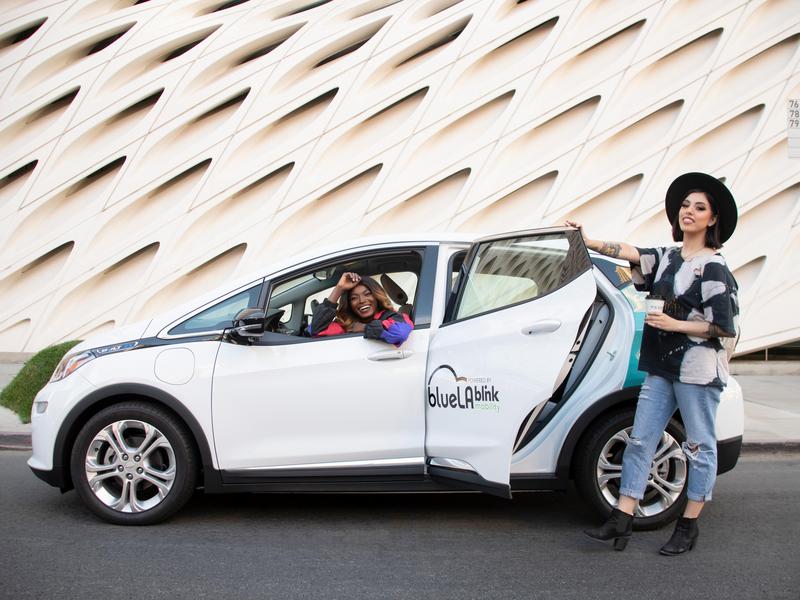HOV lanes, designed as both a means of traffic control and of decreasing pollution, extend for thousands of miles in over 20 states. Traditionally called “carpool lanes”, HOV lanes require a minimum number of vehicle occupants for use during peak hours. They’ve always been considered a treat for drivers who carpool, and recently, for EV drivers, who are allowed to drive in these special lanes, with or without passengers.
The History of HOV Lanes
In the 1970s, HOV lanes were introduced as a reward for carpooling. The idea was that the number of cars on the road, and therefore the pollution they created, would decrease, in exchange for drivers having the ability to bypass the worst and most frustrating traffic congestion.
According to the Department of Energy’s Alternative Fuels Center, “the Federal Highway Administration allowed state transportation agencies to spend federal funds on HOV lanes beginning in the 1970s, although it was not until a 1990 policy statement that FHWA began to encourage HOV lane development.” The 1990 Clean Air Amendment restricted funds for HOV lanes to states federally mandated to reduce air pollution.
Soon after the advent of HOV lanes however, studies found mixed results about whether they actually decreased pollution or were effective for traffic control. Once considered the answer to decreasing particulate matter in the air, carpool lanes got a reputation for being a waste of money and space, mostly because those who used them usually met minimum requirements or didn’t meet them at all if use of the lane was not well-policed.
“Rethinking HOV”, a document from 1993 on the use and misuse of HOV lanes, suggests that 2 occupants in a gas-fueled vehicle should not be considered “high-occupancy” and use of the lane by buses only should be encouraged. Cars were big polluters and that was the end of the story.
The EV boom changed all that by creating cars with zero tail pipe emissions, a technological breakthrough that would never been considered possible during the heyday of HOV lane creation.

HOV Lanes and EVs
For years, HOV lanes have been exclusively for vehicles with multiple occupants, but new changes have made electric vehicles exempt regardless of number of occupants. According to the Department of Energy, “The Safe, Accountable, Flexible, Efficient Transportation Equity Act: A Legacy for Users Act (SAFETEA-LU), enacted in 2005, allowed the EPA to define single occupant low emission and energy-efficient vehicles permitted to use HOV lanes.”
Federal law allows states to decide to make electric vehicles exempt from rules for HOV lanes and several other traffic regulations, like tolls and fees to drive cross-country, return to city limits, or cross tunnels and bridges.
As traffic has increased, so have the number of EVs on the road. States that were the earliest adopters of allowing EVs to use HOV lanes – Arizona, California, and Virginia—found that use of the HOV lane was a bigger motivation to purchase EVs than they ever predicted. Since then, Colorado, Florida, Georgia, Hawaii, Maryland, New York, New Jersey, North Carolina, Tennessee, and Utah, have joined their ranks, with Connecticut, Massachusetts, and Oregon promising to re-evaluate HOV rules in the face of EV expansion.
While financial incentives, such as rebates and tax credits, can be easier to predict as motivation to purchase EVs, non-financial motivation can be just as strong, or even stronger, but more difficult to predict. Despite early failures, carpool lanes have proven not only a way to decrease pollution on America roads, but increase the number of EVs driving on them.
Recommend for You
Stay Informed
Join our mailing list for hot news and company updates.







